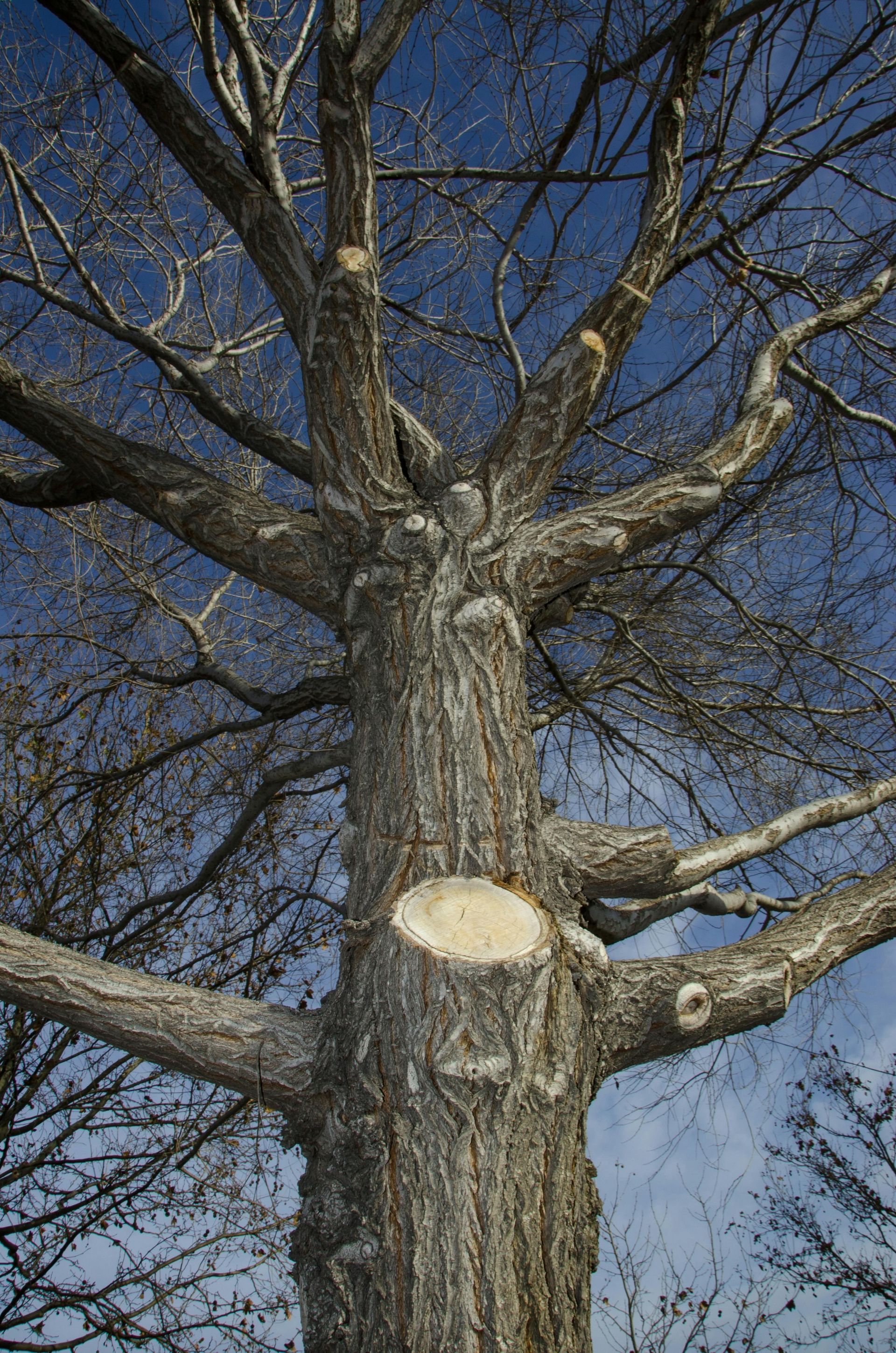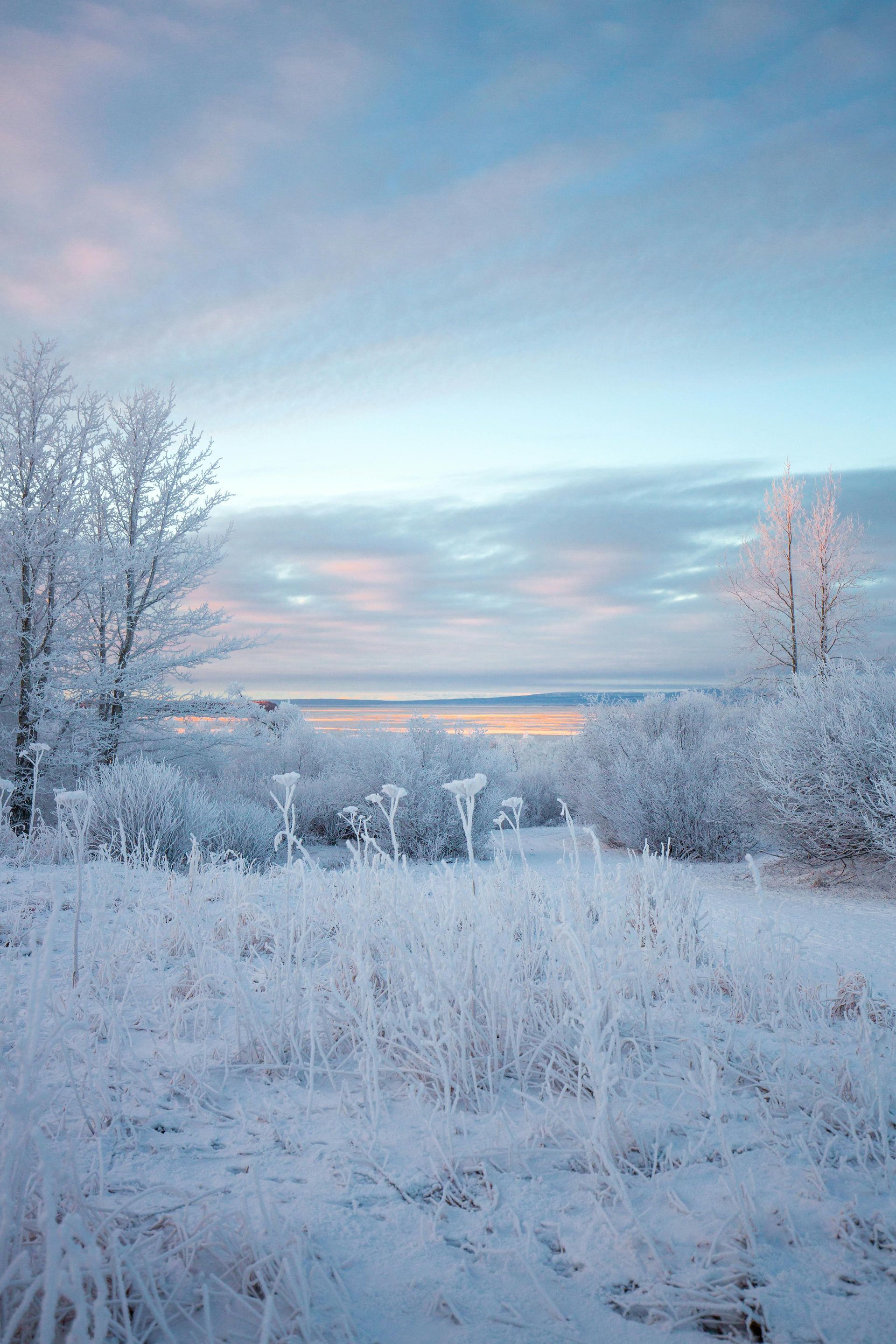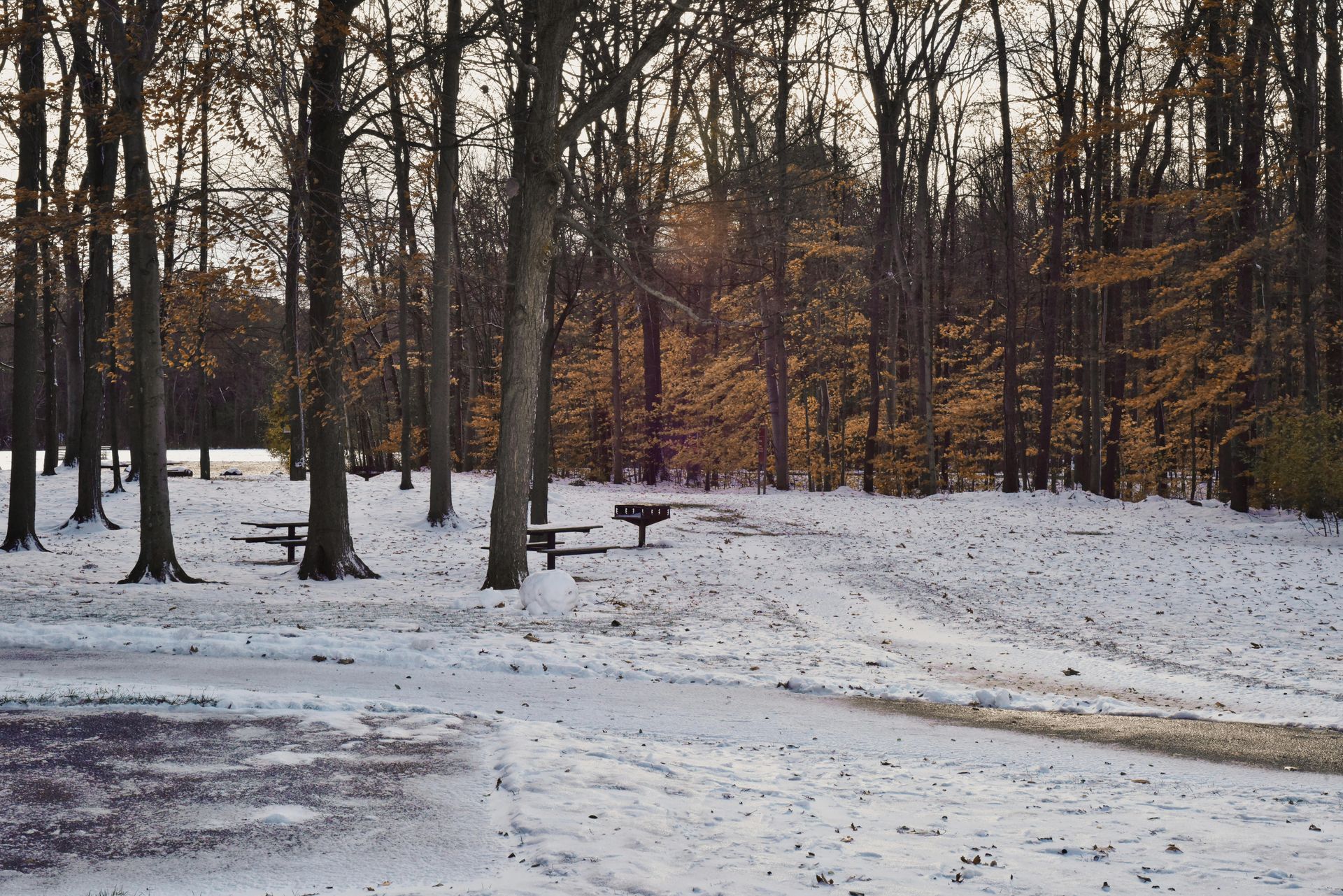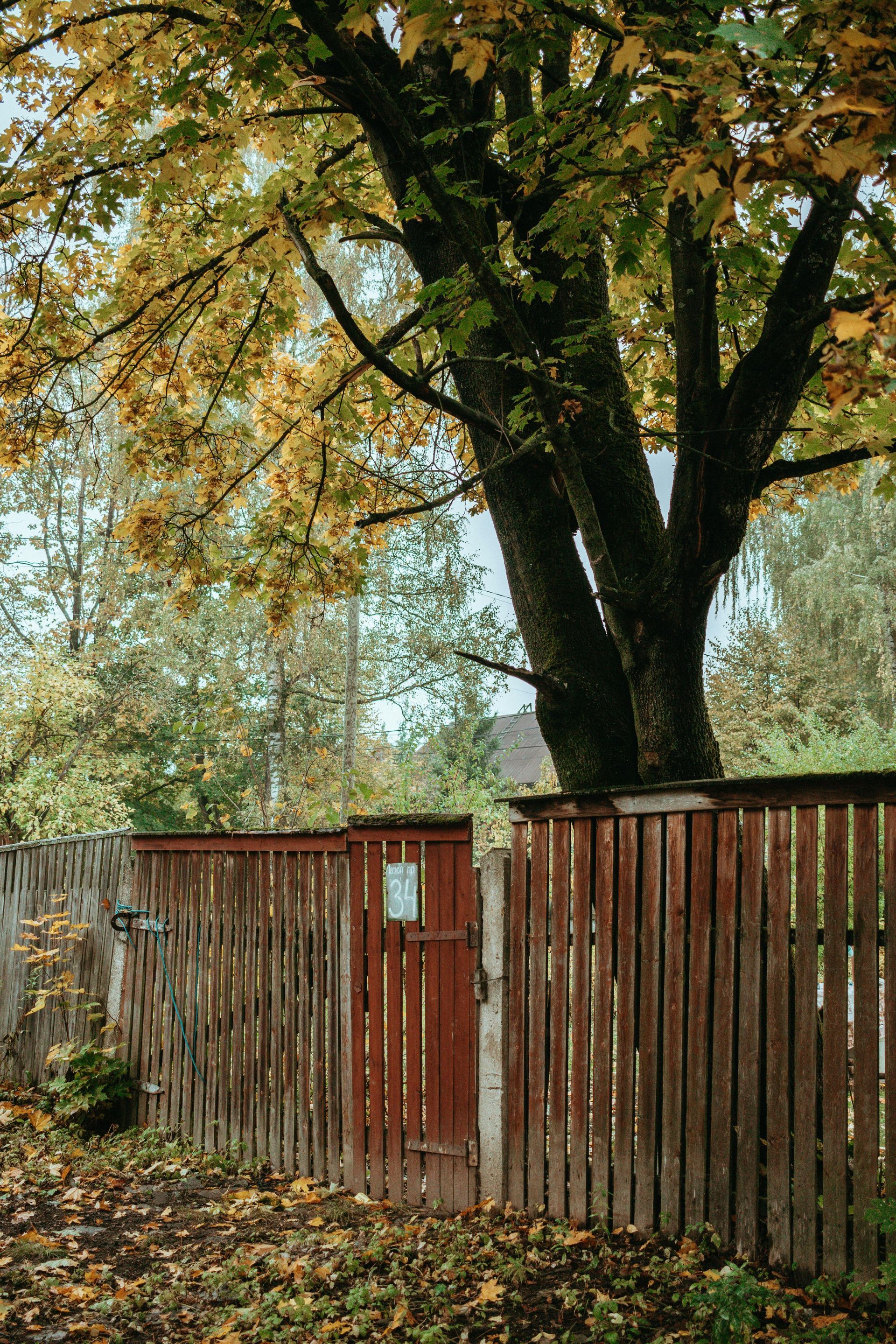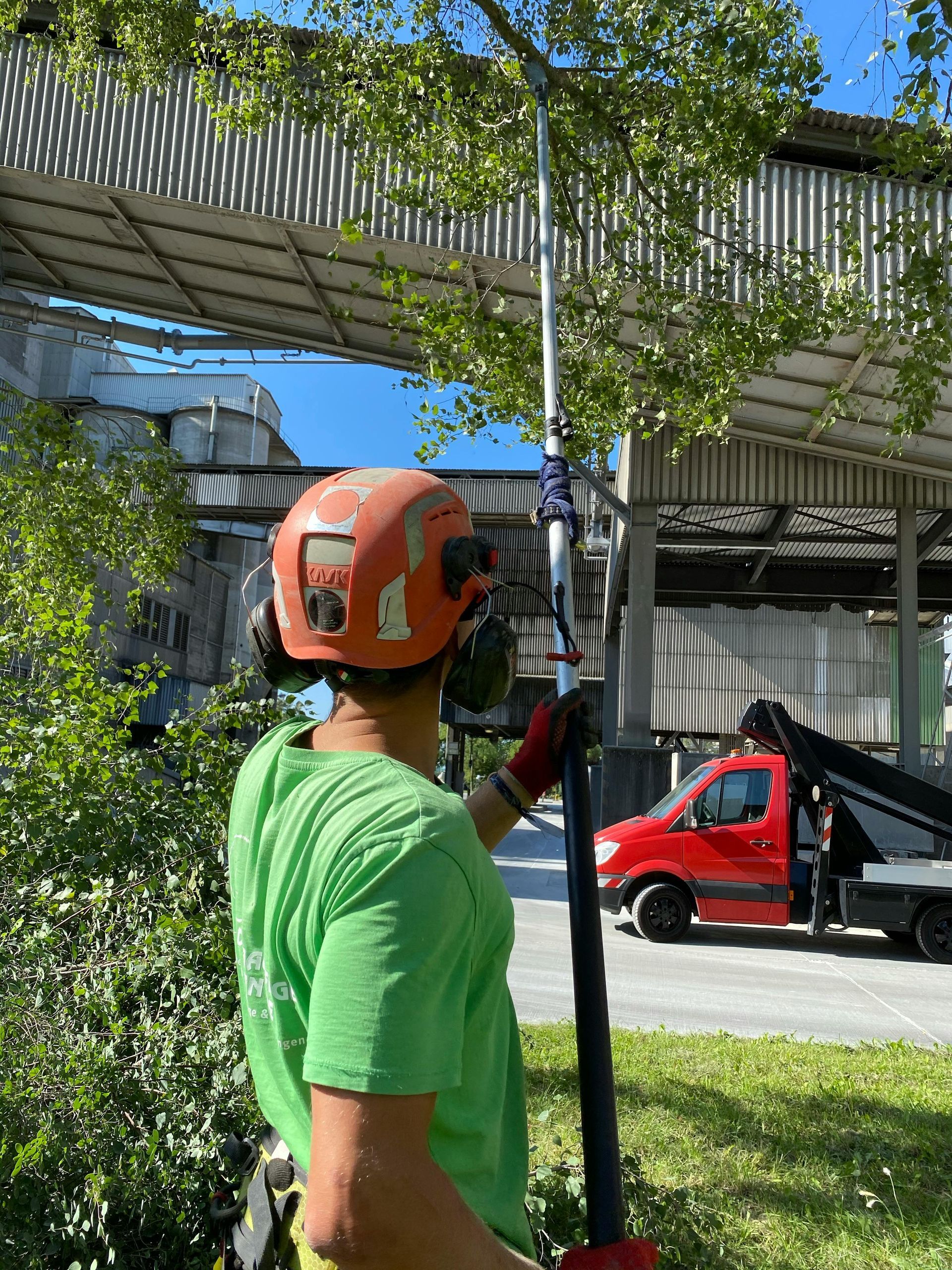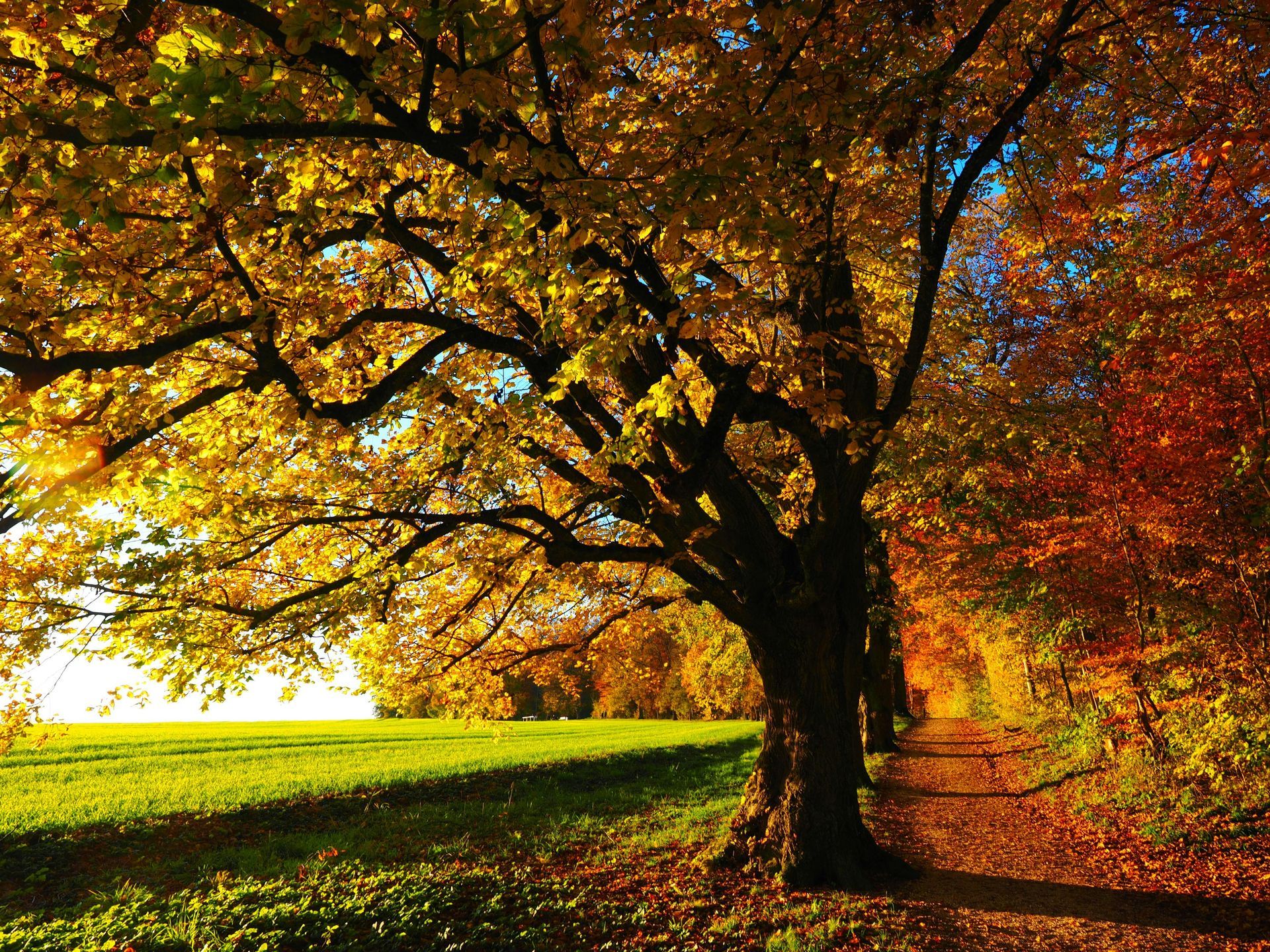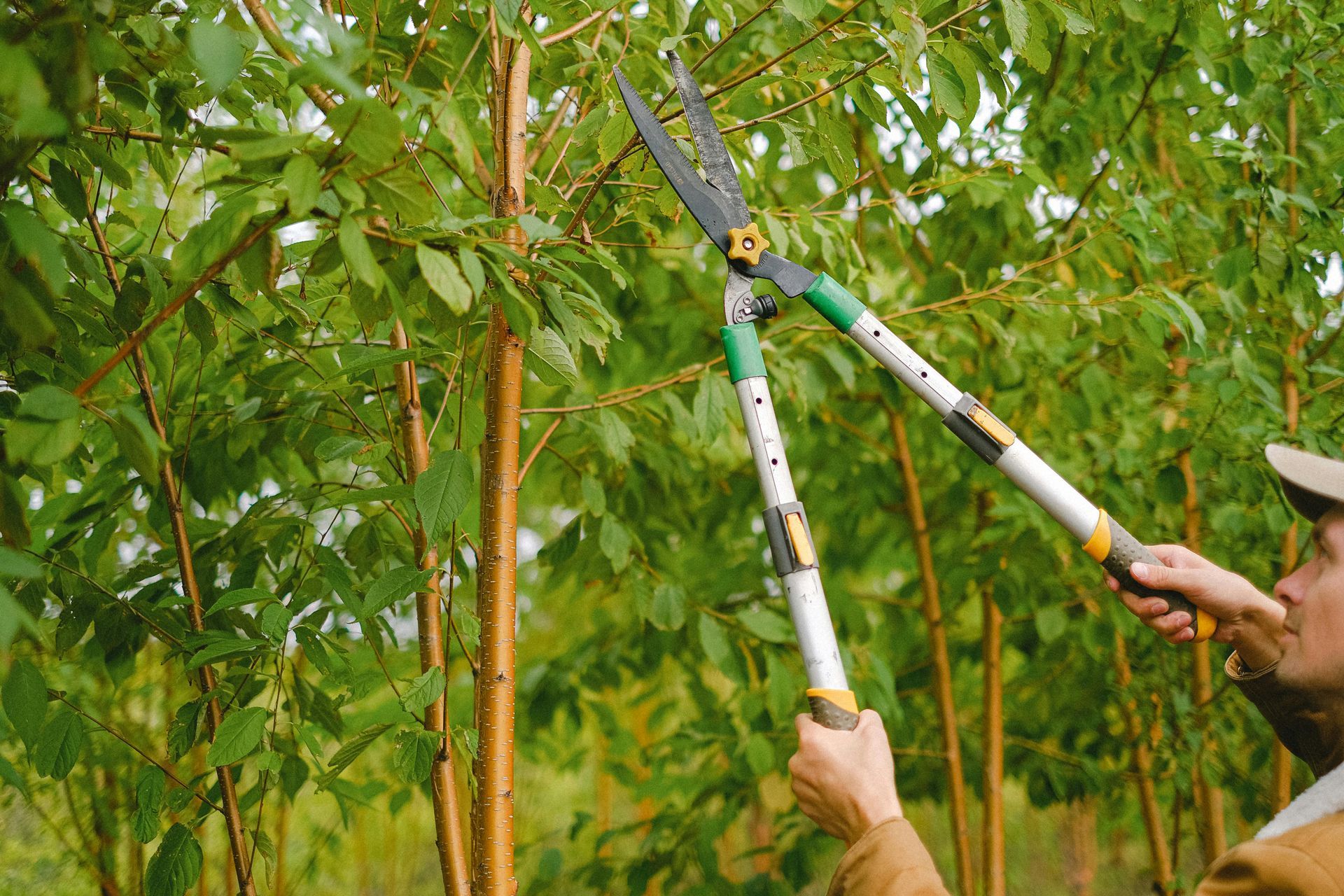Managing Spring Insect Pests on Trees & Shrubs
Don't "bug out" this season!
Introduction
As temperatures rise in May, insect pests begin to emerge in full force—and they often go unnoticed until real damage is done. The key to protecting your trees and shrubs is early detection and smart, targeted treatment.
Here’s how to stay ahead of common spring insect problems in Northwest Indiana and protect your landscape before infestations take hold.
1️⃣ Common Spring Insects to Watch For
🐛 Scale Insects
Look for: Bumps on branches or leaves, sticky residue (honeydew), and black sooty mold. Some species are in their crawler stage now, making them vulnerable to treatment.
🐞 Aphids
Often found on new growth, especially tips of branches. They reproduce quickly and can attract ants and fungus.
🕷 Spider Mites
Thriving in warm, dry weather, mites cause stippled, dull foliage and can go unnoticed until plants look scorched.
🐛 Leaf Miners & Sawflies
These pests feed inside or on leaves and can cause early defoliation, especially in ornamentals and broadleaf evergreens.
2️⃣ Early Detection Makes All the Difference
Catching pest problems early helps you avoid heavy damage and makes treatment more effective and less invasive.
🔍 Look for:
- Leaf curling, discoloration, or stippling
- Tiny insects clustered on new growth
- Sticky residue or mold on leaves
- Abnormal leaf drop or misshapen foliage
Regular inspection—especially of high-value ornamentals—is your first line of defense.
3️⃣ Smart, Selective Treatment Options
We believe in targeted, environmentally responsible control methods, not blanket spraying. Our insect management programs:
✔ Time applications based on pest life cycles ✔ Use horticultural oils, insecticidal soaps, or reduced-risk products ✔ Preserve beneficial insects whenever possible ✔ Monitor populations to avoid unnecessary retreatments
In some cases, biological controls or systemic treatments may be appropriate—always based on the pest, plant, and timing.
4️⃣ Strengthen Plants to Withstand Pressure
Healthy plants are more resilient to pests. Combining insect management with soil health, proper pruning, and appropriate watering helps trees fight off infestations naturally.
🌿 Final Thoughts
You don’t need to live with chewed leaves, sticky messes, or wilting ornamentals. The right treatment at the right time makes all the difference.
📞 Need help identifying pests or starting a prevention plan? Contact us today to schedule a walk-through.

